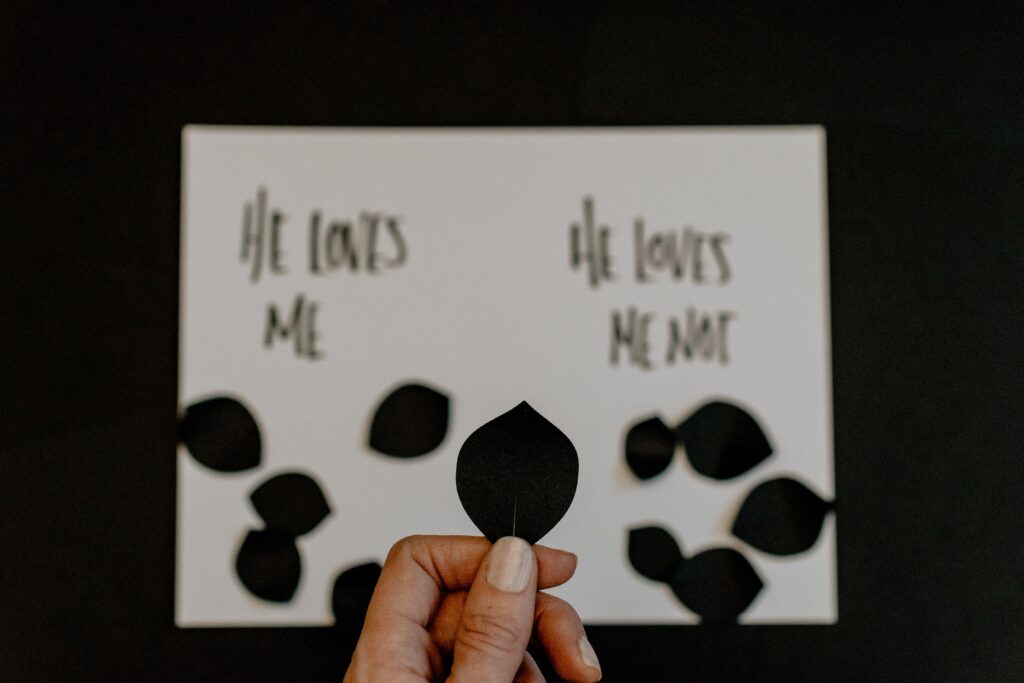“The Taste of Things: A French Culinary Romance on the Big Screen” is a captivating exploration of the sensory dimensions and artistic mastery of French cuisine. Directed by Tran Anh Hung, the film tells the story of Dodin, a distinguished gourmand, and Eugénie, his preternaturally gifted chef. Living in the French countryside, they create lavish meals that revolve around their passion for food. Through long and elaborate cooking scenes, the film immerses the audience in the exquisite world of French gastronomy. This article highlights the mixed reviews the film has received in France, the country’s rich culinary tradition, and the role of the gourmand label in French films. It also delves into the complexities of fine dining and the power of food to evoke profound emotions.
The Taste of Things: A French Culinary Romance on the Big Screen

The Sensory Transcendence of a French Meal, via the Big Screen
Appreciating French Cuisine The Power of the Senses Joy of Savoring a Meal
When it comes to French cuisine, the sensory experience is a crucial aspect of the dining experience. French gastronomy is known for its ability to satisfy all the senses, from the aroma of a dish to the sound of a sizzling steak, to the crunch of a crusty baguette. In the film “The Taste of Things” by director Tran Anh Hung, this sensory transcendence of a French meal is beautifully depicted on the big screen. The film, set in 19th-century France, follows the lives of Dodin, a distinguished gourmand, and Eugénie, his talented chef. Together, they create elaborate and lavish meals that cater to all the senses, highlighting the artistic judgment required to appreciate a fine French meal.
“The Taste of Things” is a film that truly allows the audience to appreciate the sensory dimensions of French cuisine. When watching the film, the audience is surrounded by the sights, sounds, and even smells of the delicious food on screen. This immersive experience evokes a visceral response, similar to the emotions elicited by other forms of art, such as Monet’s water lilies or Whitney Houston’s voice. Savoring a tasty meal or even just watching one come together on the big screen brings a kind of joy that can’t be explained by logic or reason.
France’s Obsession with Food
French Gastronomic Tradition Regulation of Wines and Produce French Film Industry and Food
France has long had an obsession with food, and it is deeply ingrained in the country’s culture. French gastronomy is not just about the taste of the food, but also about the quality and authenticity of the ingredients. The country has a rich tradition of regulating wines and produce to ensure that they meet the high standards expected by French chefs and consumers.
This obsession with food is also reflected in the French film industry. Many French films explore the culinary arts and celebrate the country’s gastronomic tradition. Films like “Ratatouille” and “Chocolat” have not only been successful at the box office but have also helped to promote the idea of French cuisine and its unifying power.

The Plot of ‘The Taste of Things’
Introduction to Dodin and Eugénie Their Lives Revolve around Cooking Focus on Elaborate Cooking Scenes
“The Taste of Things” tells the story of Dodin and Eugénie, two individuals whose lives revolve around cooking. Dodin is a renowned gourmand, and Eugénie is his talented chef. Together, they live in the French countryside and create elaborate and decadent meals for themselves and Dodin’s circle of foodie friends.
The film focuses on the intricate and labor-intensive process of cooking, highlighting the dedication and passion that Dodin and Eugénie have for their craft. Long, elaborate cooking scenes are depicted on screen, showcasing the artistry and skill required to create a truly magnificent meal. These scenes allow the audience to appreciate the beauty and complexity of French cuisine.
Reception of ‘The Taste of Things’
Mixed Reviews in France Critics’ Opinions Controversy over Oscar Submission
“The Taste of Things” received mixed reviews in France. Some critics found the film’s blissful atmosphere and lack of dramatic tension to be perplexing and boring. However, others praised the film for its deeper exploration of the impact of junk food and globalization on French standards.
The film’s selection as the French submission for the Oscar’s best international film category was met with controversy. Some critics believed that the selection committee’s decision was influenced by the film’s tourist-friendly depiction of France and its national identity. Others felt that Justine Triet’s Palme d’Or winner, “Anatomy of a Fall,” was unfairly overlooked due to the political charge of her acceptance speech at Cannes.

French Films and the Culinary Arts
Clichés and Stereotypes Success of Films like ‘Ratatouille’ and ‘Chocolat’ Exploring National Identity
French films have often relied on clichéd depictions and stereotypes of French cuisine and dining to communicate broader themes and explore national identity. Movies like “Ratatouille” and “Chocolat” have been successful both in France and internationally, using traditional French settings and culinary traditions to convey messages about food’s revolutionary and unifying powers.
While these films have been popular, they have also been criticized for perpetuating stereotypes of French culture. However, there are also examples of French films that offer more nuanced and complex portrayals of the culinary arts and their role in society.
Political Instability and Food in Film
Impact of Political Instability on Food Examples from Films Disruption of Eating Customs
Political instability can have a significant impact on food and dining customs. Films have explored this theme, showcasing how periods of political upheaval and uncertainty can disrupt access to food and the cultural significance of certain meals.
For example, the Danish film “Babette’s Feast” tells the story of a French chef who is forced to flee her Parisian neighborhood during the Paris Commune in 1871. Seeking refuge in the Danish countryside, she brings her culinary talents to a spartan Protestant household. Through her cooking, she is able to disrupt the monotony of the household’s diet and bring joy and connection to the community.
The Bourgeoisie and Fine Dining
Fine Dining as Bourgeois Depiction in Films by Éric Rohmer Absurdity of Dinnertime Satirical Portrayals
Fine dining has long been associated with the bourgeoisie, and this is often depicted in films. Filmmakers like Éric Rohmer have explored the natural choreography of mealtime, showcasing the messiness and complexity of dinner parties among the upper middle class. This depiction highlights the absurdity and intricacies of dinnertime.
Other films, like Luis Buñuel’s “The Discreet Charm of the Bourgeoisie” and Marco Ferreri’s “La Grande Bouffe,” take a more satirical approach to fine dining. These films critique the obsession with food and the hedonism of the leisure class, showcasing the absurdity and excesses of dinnertime.
Satirical Portrayals of Dining
Luis Buñuel’s ‘The Discreet Charm of the Bourgeoisie’ Marco Ferreri’s ‘La Grande Bouffe’ Critique of Tunnel-Vision Foodies
Luis Buñuel’s “The Discreet Charm of the Bourgeoisie” is a satirical film that follows three couples as they repeatedly attempt to enjoy a meal together but are constantly interrupted. The film critiques the polite mannerisms and refined gestures of the bourgeois, highlighting the absurdity of their actions.
Marco Ferreri’s “La Grande Bouffe” takes a more extreme approach, depicting four friends who eat themselves to death in an endless feast. The film critiques the pleasure-seeking and consumerist society, linking the excessive consumption of food to the gross hedonism of the leisure class. It serves as a critique of tunnel-vision foodies who prioritize their own desires over the consequences of their actions.
Adaptation of ‘The Passionate Epicure’
The Immersive Experience of Food in Film The Allure of French Cuisine The Enduring Connection between Food and Romance
“The Taste of Things” is an adaptation of Marcel Rouff’s novel “The Passionate Epicure,” which was inspired by Jean Anthelme Brillat-Savarin’s “The Physiology of Taste.” The film captures the immersive experience of food on screen, allowing the audience to fully appreciate the sensory dimensions of French cuisine.
The allure of French cuisine is evident in the film, as Dodin and Eugénie’s dedication to their craft and the artistry of their cooking shines through. Through the film’s depiction of their work, the audience is reminded of the enduring connection between food, romance, and the sensory pleasure of a well-prepared meal.
In conclusion, “The Taste of Things” is a film that beautifully captures the sensory transcendence of a French meal on the big screen. It explores the obsession with food in French culture, the complexities of fine dining, and the satirical portrayals of food and eating customs. Through its adaptation of Marcel Rouff’s novel, the film highlights the immersive experience of food in film and the enduring allure of French cuisine.

